Last summer, I stood among the ancient stones of Mycenaean and felt something deeper than just academic curiosity. Sure, the gold mask of Agamemnon gets all the attention, but the real awe comes from the sheer weight of history here—spanning from 1750 to 1050 BC. The Mycenaeans built the first truly Greek civilization, leaving behind not only gold treasures but also the roots of European culture as we know it.
Visiting these ruins changed me. Wandering through the beehive tombs and running my hands over walls that have survived for over 3,000 years, I realized history isn’t just a list of dates. It’s real. These weren’t just kings with fancy masks—they were people who built, fought, loved, and dreamed.
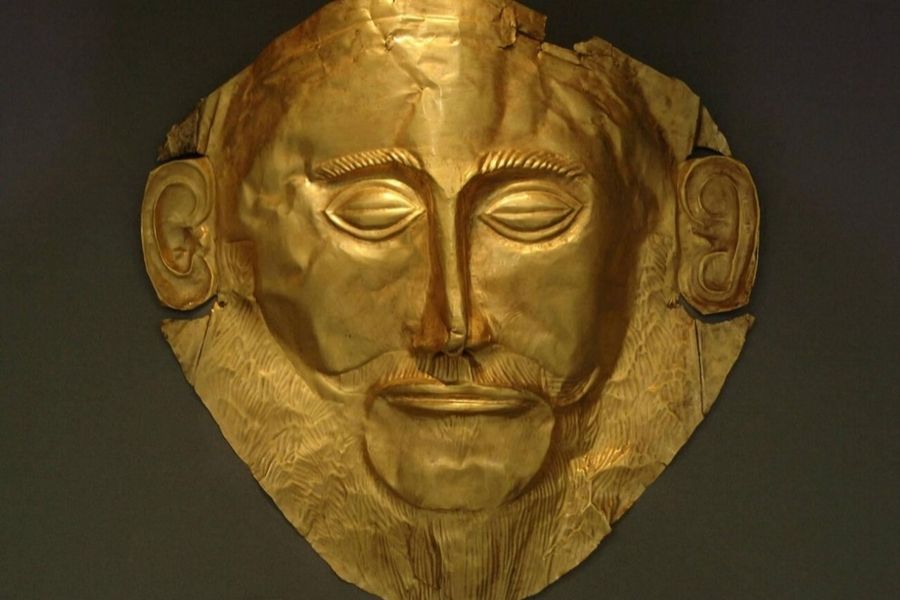
What really hits you at Mycenaean sites isn’t just their age; it’s how advanced they were. Sure, their leaders took gold to the grave, but the real treasure is seeing how these ancient Greeks lived. The Lion Gate’s massive stones, the detailed artwork, and the clever engineering all point to a society way more complex than I’d pictured before coming here.
Encountering the Gold Mask: First Impressions at Mycenae
The first time I glimpsed the famous gold masks at Mycenae, I felt my breath catch. Suddenly, this Bronze Age civilization wasn’t just in history books—it was right in front of me.
Stepping Into the Heart of Mycenaean Civilization
Getting to Mycenae meant winding through the rolling Greek countryside. Eventually, the ancient citadel appeared on the horizon. The site goes back to around 1750 to 1050 BC and marks the peak of the Bronze Age in Greece.
The Lion Gate greeted me with its hulking stones. Walking under it, I kept picturing Mycenaean kings who had passed through thousands of years before.
The ruins sprawl across a hilltop, with incredible views and a strange sense of connection to the past. I wandered through what’s left of the palace, my footsteps echoing where royalty once walked.
What really surprised me was just how advanced this place felt. Their engineering, art, and military organization set the stage for the classical Greek world.
The Archaeological Marvel of the Mask of Agamemnon
Seeing the Mask of Agamemnon up close was the highlight of my visit. Heinrich Schliemann found it in 1876, along with other gold masks in Graves IV and V during his digs.
The mask’s golden face stared out from behind the glass, its features so vivid. Schliemann thought he’d found the legendary king himself, but archaeologists now date it to around 1500 BC—before the Trojan War.
The craftsmanship blew me away. Someone shaped this delicate, bearded face to cover a nobleman’s features in death.
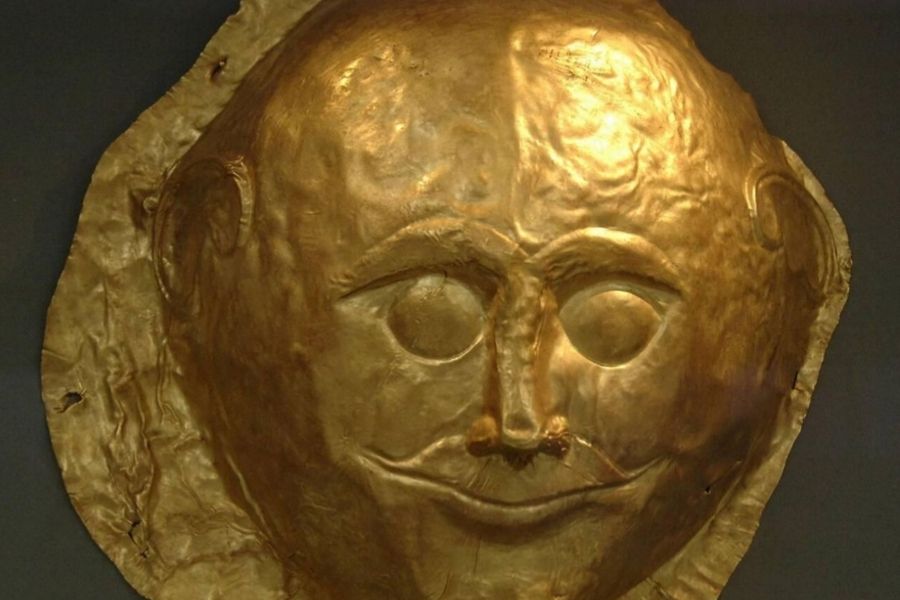
Standing there, I felt a weirdly direct link to the people who made it and the culture that valued such elaborate rituals.
Travel Reflections: Walking the Sacred Grounds
Exploring Mycenae means wearing good shoes and carrying water, especially in summer. The site is way bigger than it looks at first, with lots to see beyond the famous masks.
I suggest going early to dodge crowds and the worst heat. The nearby Archaeological Museum holds the real artifacts, while replicas stay at the site.
My favorite moment was inside the tholos tombs—those beehive-shaped burial chambers. The acoustics are wild. I whispered and my voice bounced back, amplified and eerie.
Mycenae sits close enough to Athens or Nafplio for an easy day trip. I stayed in Nafplio, just 24 kilometers away—a charming town and a perfect base for exploring the area’s ancient wonders.
Tracing the Legacy: Mycenaean History Through Modern Eyes
Whenever I walk through archaeological sites, I’m reminded how much our modern perspective colors our view of ancient civilizations like the Mycenaeans, who thrived from around 1750 to 1050 BC.
From Bronze Age Kings to Modern Explorers
The Mycenaeans ruled southern Greece and even influenced Crete during the Bronze Age. Visiting these strongholds, I touch stones that saw the rise of early Greek culture.
What really fascinates me is how Mycenaean influence spread all over the Mediterranean. In Lebanon, I met people who consider Greeks their “Mediterranean cousins”—a connection that’s lasted for ages.
Archaeologists have found Mycenaean pottery and crafts far from Greece, showing off their trade networks. These finds tell stories of seafaring, commerce, and cultural exchange.
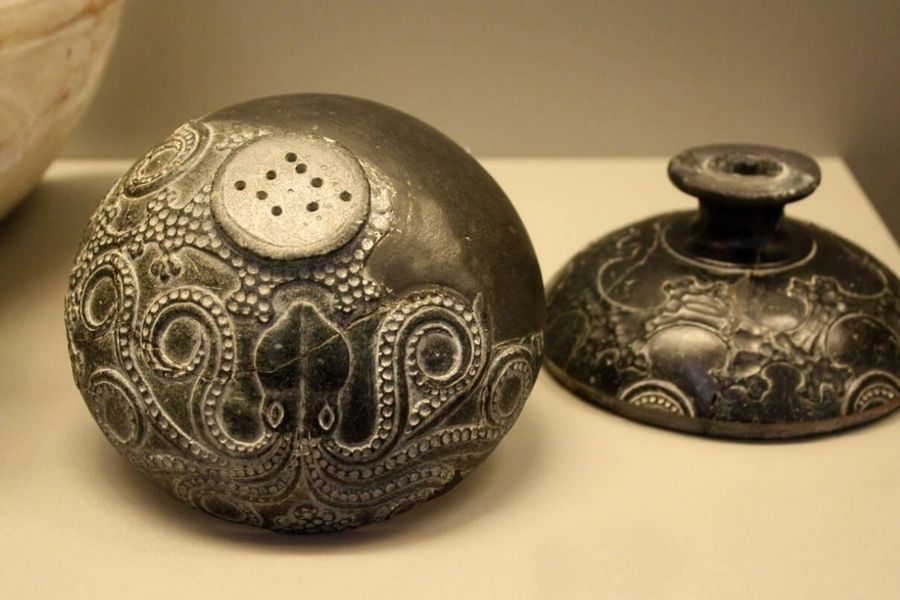
Today’s archaeological museums help us piece together their daily life, religion, and military structure.
Heinrich Schliemann and the Rediscovery of Ancient Mycenae
Heinrich Schliemann, a businessman-turned-archaeologist, started the story of Mycenaean rediscovery. His determination completely changed how we look at prehistory.
Before Schliemann’s digs in the 1870s, most scholars thought Homer’s stories about Mycenae were just myths. Standing at the Lion Gate, I could almost picture his excitement as he uncovered the huge stones.
His biggest find was the “Mask of Agamemnon”—a stunning golden mask he thought belonged to the legendary king. Later research proved otherwise, but the mask still stands as an icon of Mycenaean art.
Schliemann’s methods, honestly, were pretty rough by modern standards. He damaged some sites in his rush, but he sparked worldwide interest and set the stage for modern archaeology.
Echoes of Myth and Epic: Living Stories Among Ancient Ruins
Standing in the ruins of Mycenae, I felt ancient stories swirling around me. Myths and legends that used to seem distant suddenly felt real in this sacred place.
Immersing in Homer’s World: Iliad, Odyssey, and the Trojan War
Walking through ancient sites tied to the Trojan War gave me a new sense of Homer’s world. The Iliad and Odyssey weren’t just stories—they became guides as I explored Greece.
I followed imagined paths of Odysseus along the coast, picturing his endless journey home. At the Archaeological Museum in Athens, I stood in front of objects that might have belonged to warriors from Troy.
These epics still breathe. Local guides shared tales passed down for generations, adding life to Homer’s verses in ways no textbook ever could.
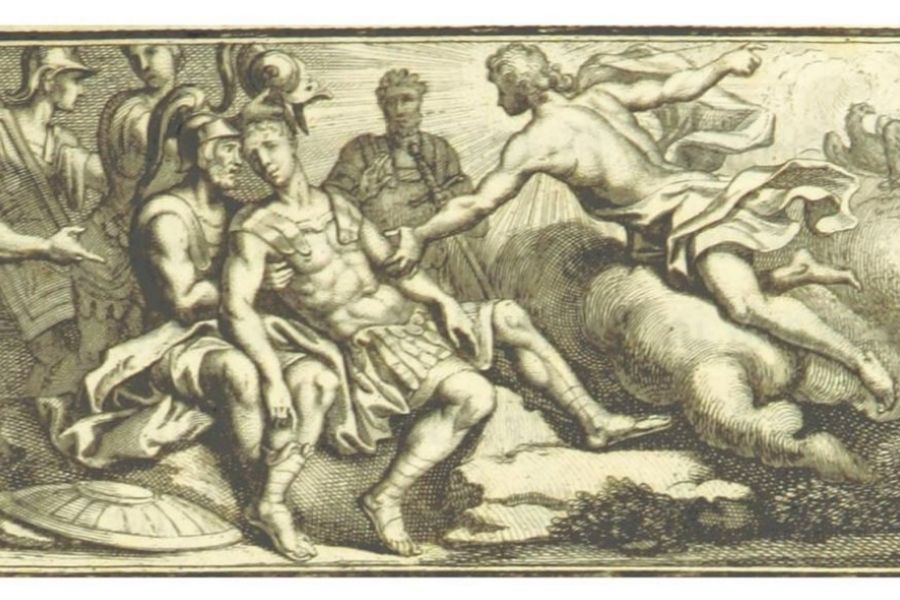
“These aren’t just stories,” an elderly guide told me at Pylos. “They’re echoes of a real and vibrant past.”
Mythical Figures: From Agamemnon to Athena
The “Mask of Agamemnon” at the National Archaeological Museum became more than a relic to me. Scholars doubt it belonged to the king, but it still feels like a bridge to ancient times.
I visited temples dedicated to Athena, and honestly, her wisdom felt present in those cool marble halls. The inspiration lingers, even now.
Myths came alive in unexpected ways. At Mycenae, I watched families tell their kids stories of heroes and gods among the same stones where those tales began.
Bronze Age artifacts show just how warlike and heroic this era really was.
The Role of Greek Tragedy in Shaping Memory
Greek tragedies by Sophocles and Euripides have kept these old stories alive. Watching Agamemnon performed in an ancient theater under the stars made the past feel strangely close.
These plays turned myths into deep explorations of human nature. The stories survived because playwrights cared enough to retell them.
Plutarch, too, grew to see these legends as more than just “foolishness.” He found wisdom in them.
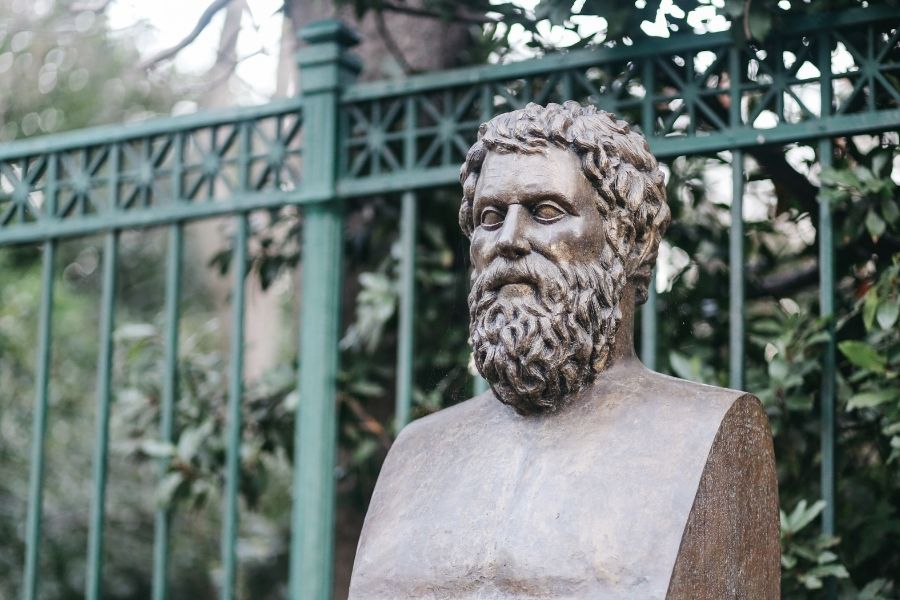
Sitting on worn marble seats where crowds once gathered, I realized these tragedies weren’t just entertainment. They’re memory keepers, making sure the deeds of heroes and the lessons of the past aren’t lost.
Walking in the Footsteps of Heroes: Exploring the Wider Mycenaean World
The Mycenaean civilization reached far beyond Mycenae’s walls, building a network of powerful city-states and influencing cultures all over the Mediterranean. Exploring outside the famous citadel really opens your eyes to how these people lived, traded, and shaped their world.
Day Trips Beyond Mycenae: Tiryns, Corinth, and the Aegean Islands
Just a short drive from Mycenae, I found Tiryns with its even thicker Cyclopean walls. The stonework is so massive that ancient Greeks thought only giants could have built it.
Corinth surprised me with its blend of Mycenaean roots and later Roman ruins. Walking through ancient streets, I traced trading routes that once linked the Mycenaeans to markets across the sea. The museum there has pottery showing clear Mycenaean influence.
The Aegean Islands show a different side of Mycenaean culture. On Crete, I saw how Mycenaean art borrowed from and eventually replaced Minoan traditions. Rhodes and other islands reveal how these seafarers set up trade networks stretching to Egypt and the Near East.
Vistas from the Acropolis: Linking Legends Across Regions
Standing atop Athens’ Acropolis, I started to see how Mycenaean influence shaped later Greek identity. Sure, the buildings are from the Classical era, but the foundations show off Mycenaean engineering and defensive smarts.
From the Acropolis, you can see regions of Attica that pop up in Mycenaean legends. Looking toward the sea, I remembered how these early Greeks mastered sailing, linking scattered city-states.
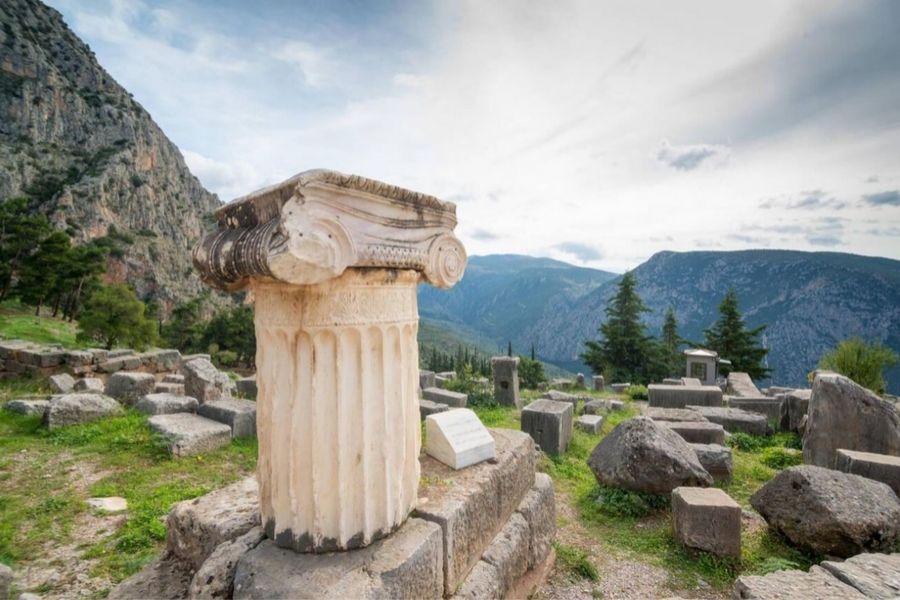
The landscape itself pops up in Homer’s tales. Mountains that acted as natural borders, harbors for Bronze Age ships, and fertile plains that fed these societies—all visible from up here. Geography explains why some city-states thrived while others faded away.
Understanding Mycenaean Influence and the Shaping of Western Civilization
Exploring Mycenaean Greece, I found a civilization that lasted from about 1750 to 1050 BC—basically the last chapter of the Greek Bronze Age. The Mycenaeans laid down the roots that would later shape what we call Western civilization.
Trade, Power, and the Rise of City-States
Trade fueled Mycenaean power. Their merchants sailed the Mediterranean, building networks that reached Egypt, the Near East, and beyond. These trade routes moved not just goods, but also ideas and technology.
Walking ancient sites, I got a sense of how the Mycenaeans built their world around fortified city-states. Each city had its own palace, ruled by a wanax—a king. Mycenae itself, with its imposing Lion Gate, still shows off their architectural skills.
Their wealth came from controlling key resources. They traded olive oil, perfumed oils, and fine pottery for metals and luxury goods. This economy gave them the means to develop culturally and militarily.
The Minoans from Crete influenced the Mycenaeans too. They picked up and adapted Minoan administrative systems, including Linear B writing—the oldest known form of Greek.
Mycenaeans in the History of Conflict: From the Persian Wars to Plataea
The Mycenaean civilization had already collapsed by the time the Persian Wars broke out (499-449 BC), but their legacy didn’t just disappear. I stood at the battlefield of Plataea, picturing those early warriors and wondering how much they shaped the Greeks who came after.
Mycenaeans fought skillfully, wielding advanced bronze weapons and riding chariots into battle. Later Greek armies took inspiration from these innovations when they faced Persian invaders.
Naval power played a big role in Mycenaean success. Centuries later, Greeks leaned on that same tradition to defeat the Persians at Salamis. Their shipbuilding skills really set the stage for Greece as a maritime powerhouse.

The Mycenaean palatial system set up patterns of governance that eventually became the city-state model. That political structure turned out to be crucial during the Persian Wars, when all those fiercely independent city-states somehow managed to unite.
The battle of Plataea (479 BC) marked the high point of Greek resistance. Those fields had already seen Mycenaean tactics in action, long before the Persians ever showed up.

